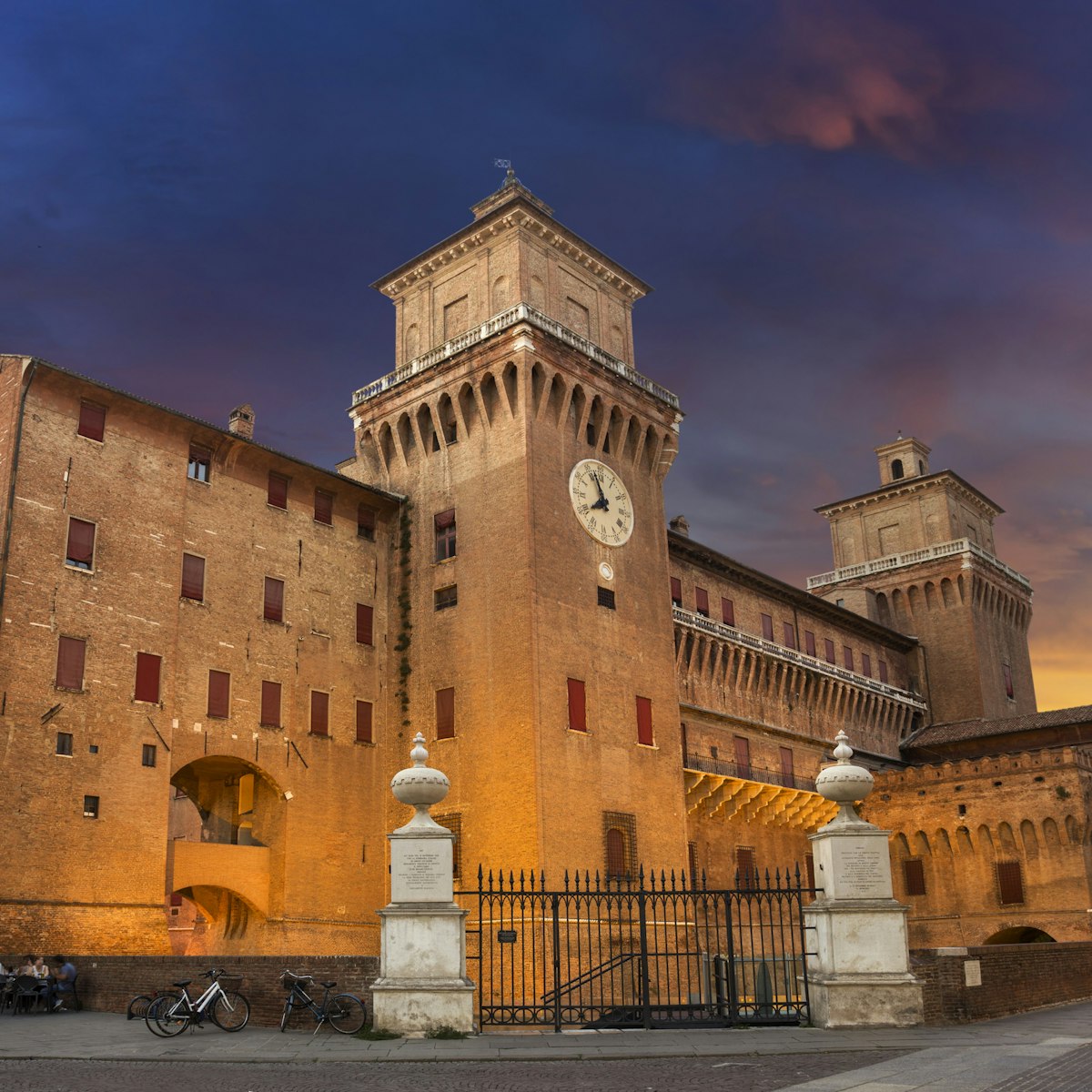Housed within what is arguably Ferrara's most beautifully preserved palace – the 1505 Palazzo Costabili – the city's national archaeological museum is mainly devoted to what some consider to be the most important collection of Greek and Etruscan ceramics in the world. Recovered from some 4000 ancient tombs at the Etruscan city of Spina buried in the Po Delta, there are in fact so many extraordinary 6th- to 3rd-century BC Attic volute-kraters (decorative mixing bowls) here that the museum has even set aside a few you can touch.
But highlights here run far deeper than spun clay. The museum has a remarkable collection of colourful Phoenician and Rhodian molten glass, and amber and golden jewellery dating to the 5th and 6th centuries BC. Not to mention two 12- to 15m-long Roman pirogues (dugout canoes) and the astonishing 16th-century frescoed ceiling – complete with a rose window in gilded wood – in the Treasure Hall. And there are wonderful gardens, too.





